
Eastern Poland
The only place I really stopped to look at closely was around Komarów (see the specific page devoted to that) but I did take some photos of other areas.
Thoughts
Polish farms are historically very small, so the number of farm buildings and villages per square kilometre is much higher than western Europe.
In the bulk of the eastern part virtually all farms were collected in villages. In most cases village dwellings are closest to the road with a couple of much larger agricultural outbuildings further away. All this is inside a low, fairly flimsy fence. Often there are lots of trees in the built-up areas, but I think this is largely a recent thing. All this results in quite a large space being taken up by the villages – well at least a long space, because the agricultural villages were generally very thin along the road (allowing each house direct access to the fields, of course).
In the Pripet Marshes and north of Warsaw the villages had a tendency to spread out a lot more, especially those away from the main roads. In the highest density areas this leads to the feeling that the villages never end. There are even some isolated farms.
The roads in typical villages are narrow but with a wide verge. Many country roads are still unsealed, in which case they are even narrower.
Fields were generally thin and small. They dont seem to have been arranged in much order, and most often had different crops side-by-side (a thin growth of weeds often delineated fields, so you could see they were separate even if they were similarly cropped). Most of the landscape therefore had a patchwork effect.
Fenced fields were rare, and generally on the edge of the village. A few times were saw lone fields in the open surrounded by a light rickety wooden fence, apparently at random. Hedges were basically non-existent. There were no stone walls except to surround cemeteries, which were often on the edge of a wood.
The northern part of the country surprised me by having many more trees than I was expecting. Even quite minor roads were tree-lined in the north. I had small scale modern topographic maps of this area and it is clear that not all the wooded areas are marked on the maps. Probably, like the Baltic, the area has become more wooded since WWII. I believe this has happened because (1) marginal land that can be farmed when you do everything by hand, or at least horse, cannot necessarily be farmed by tractor, (2) the Communist system did not encourage farmers to improve their land (since they did not stand to gain by doing so) so there was no stimulus to recover rough areas once lost by war or incompetence, (3) the Communists prevented people from clearing wood from common land, since that was despoiling state property, and (4) the decline in wood usage for building and heating has reduced the amount of clearing that goes on.
Although all of where we drove was flat or flattish, there were two different types of "flat" in evidence. Mostly the land seemed to be just gently rolling with the waterways being very marshy and near the surface of the land.
The area above the Wisła and Narew north of Warsaw was different, however. This area had almost exclusively negative terrain, where the waterways have cut the plateau away. As well as appreciable slopes down to the bigger rivers, which wander in a wide marshy track, the smaller streams have cut some much more ravine-like tracks. In both cases there are quite a few trees along the banks, though this may well be a modern development. I presume this is why the Soviet cavalry avoided this area in 1920.
The Photos
Eastern Poland landscapes a 2.9 MB .zip file
These pictures were specifically taken to show typical scenes and give a good overall impression of what it looked like. Obviously this is only my impressions though: I didn't have time to made a scientific survey of land usage (and anyway, so much has probably changed since 1920).

A typical landscape halfway between Zamość and Lublin. This is photos stitched together to give a panorama effect.
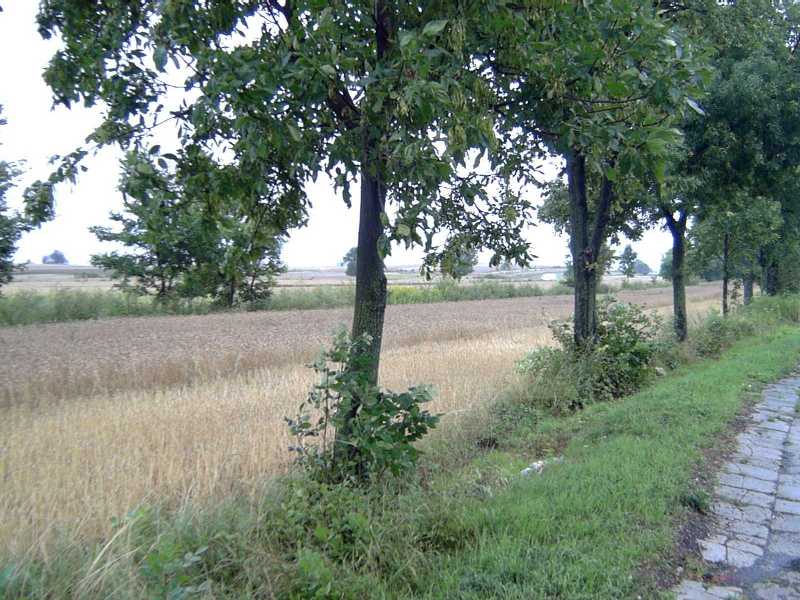
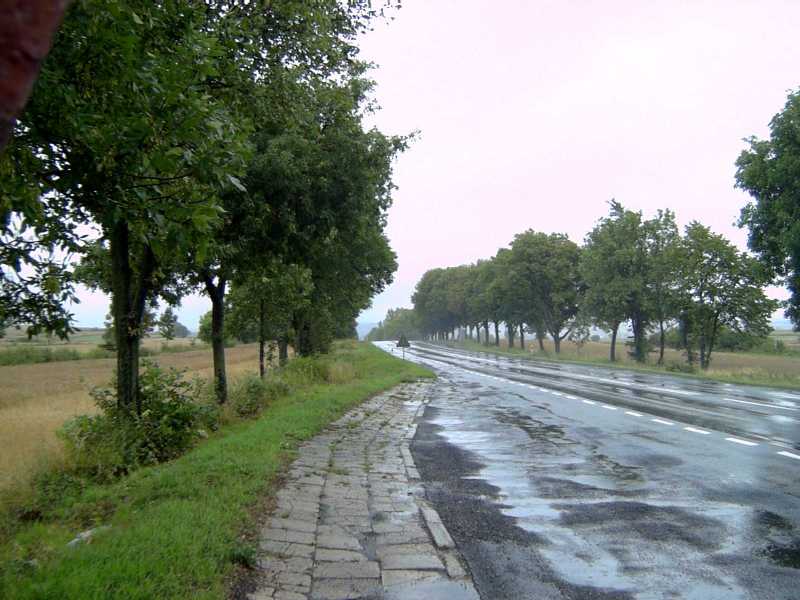
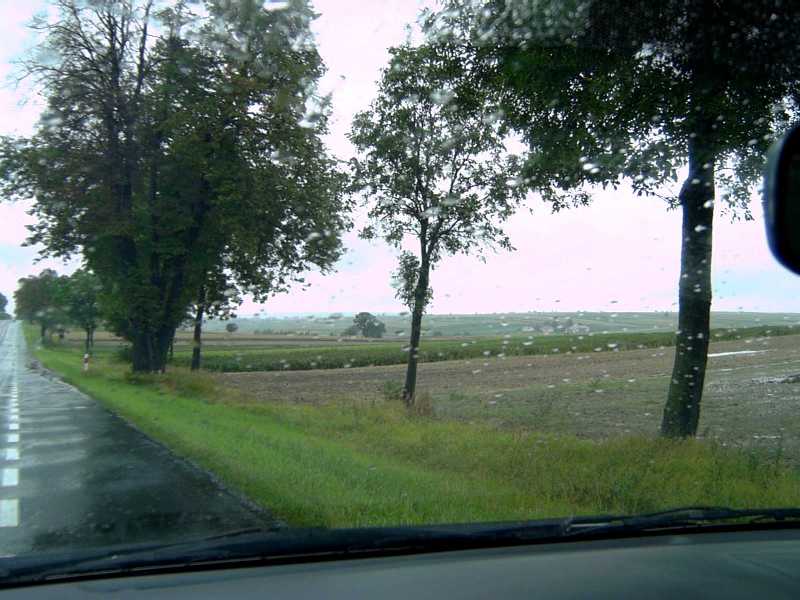
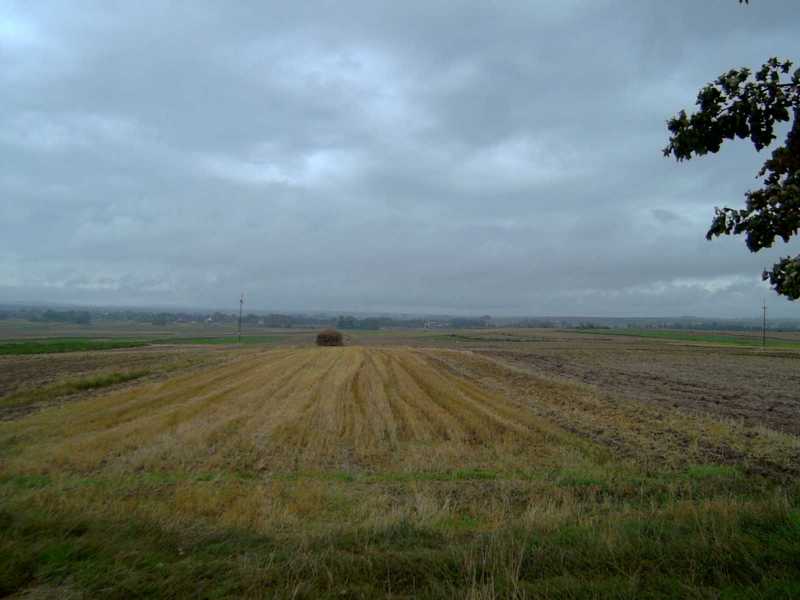
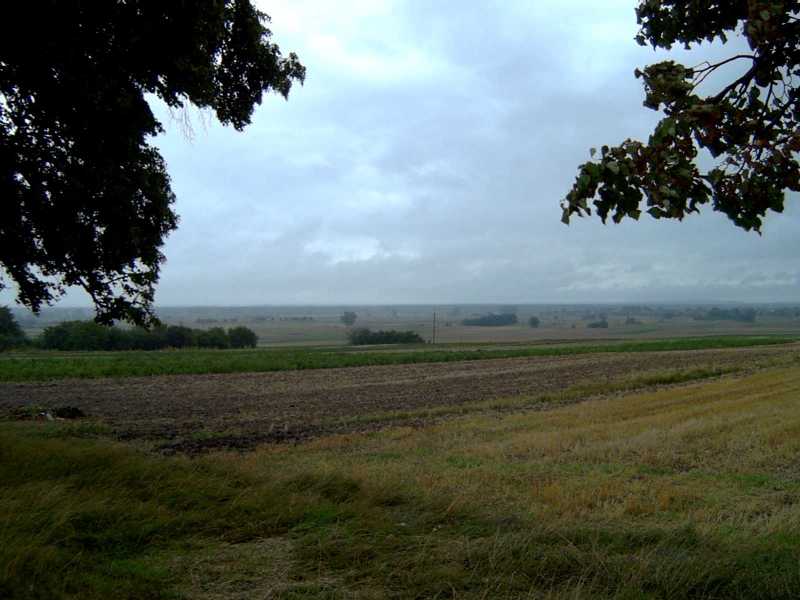
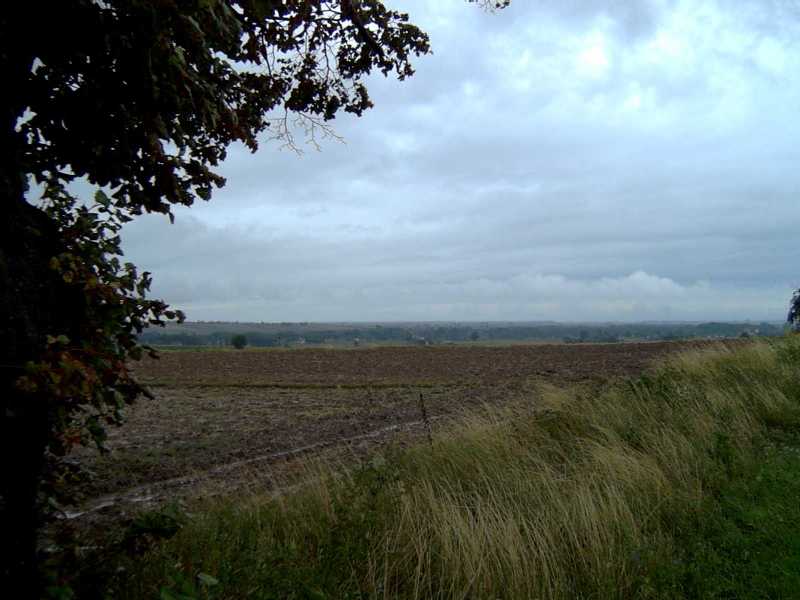
Typical landscape halfway between Zamość and Lublin. Much hillier than the Zamość area, but although there is very little actual flat land here, the hills are still all big and gentle. The fields now start to have isolated trees, and the bigger roads are heavily tree-lined. The last three are from a smaller side road, slightly to the north.
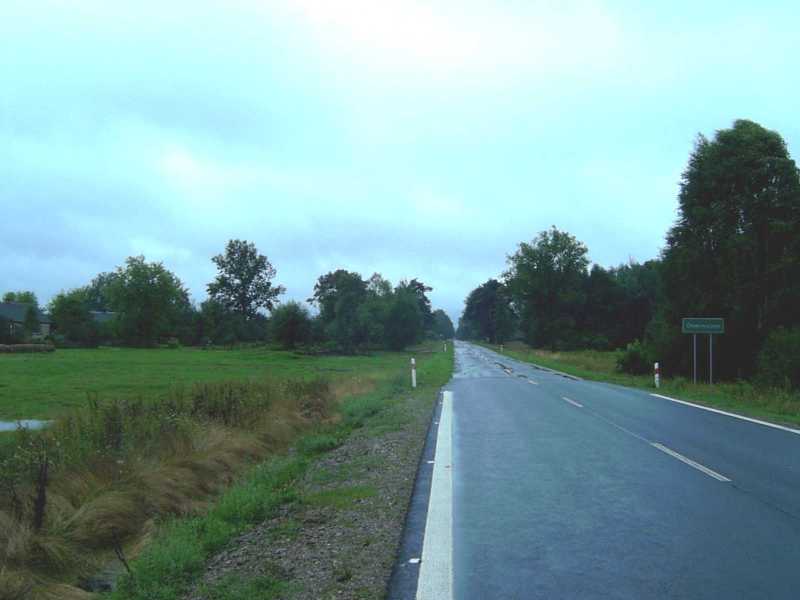
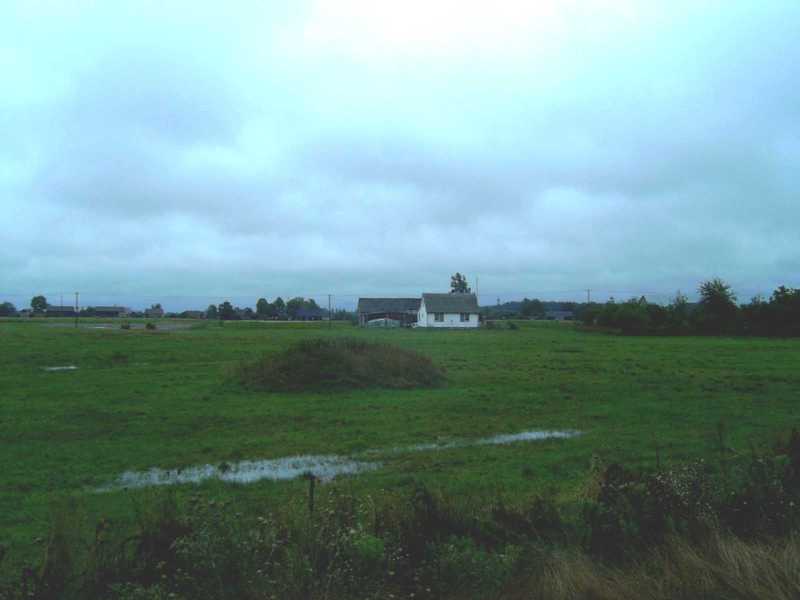
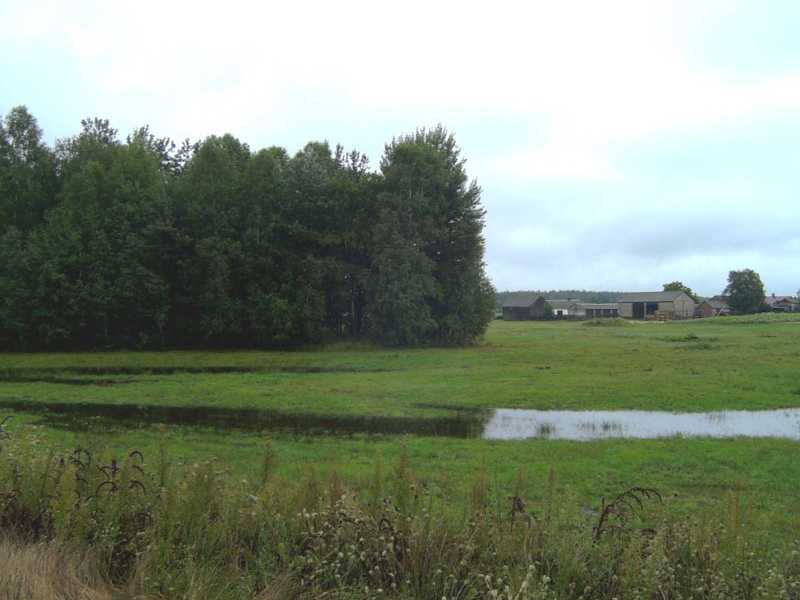
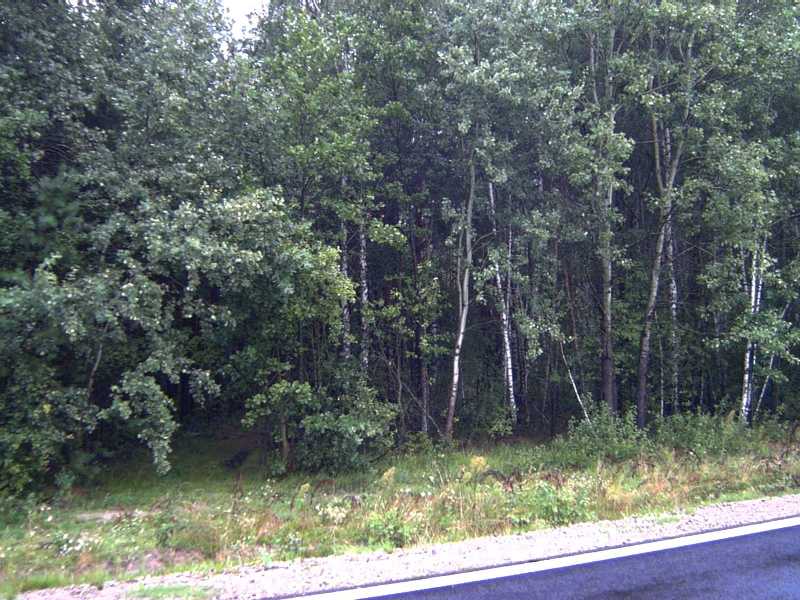
Into the Polesie (the Pripet Marshes). These are from the area of the Polesie National Park. It is very flat and there is a lot of obvious surface water (the day was wet, but had been preceded by quite a few dry days) but very little sign of actual marsh (of course, the road skirts those bits). The fields seemed scruffier with more scrub and copses, consistent with lower quality land, and much of it was simple meadow. Oddly, there was very little sign of ditches (maybe nowhere to drain to). In the boggier seeming bits the villages also seemed to be much more spread out, often some distance from the road (reminding me of Latvia). Sometimes there were even isolated farms.
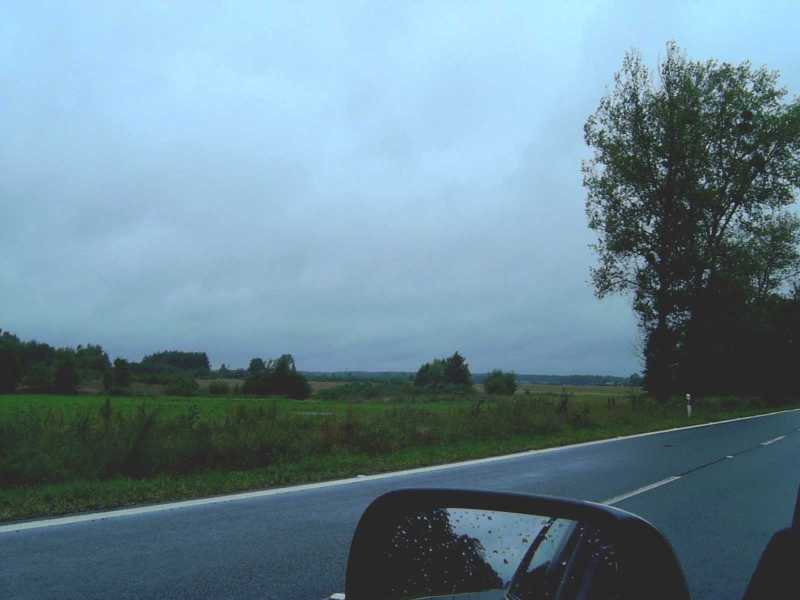
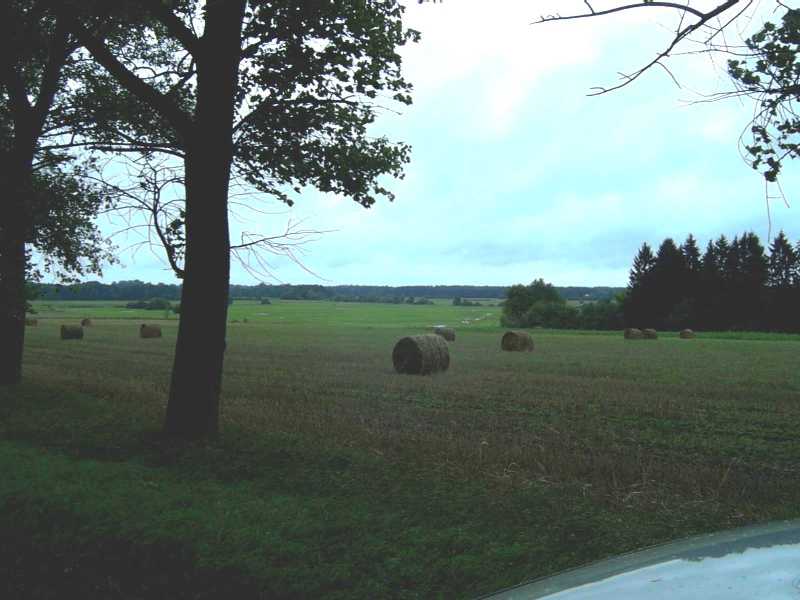

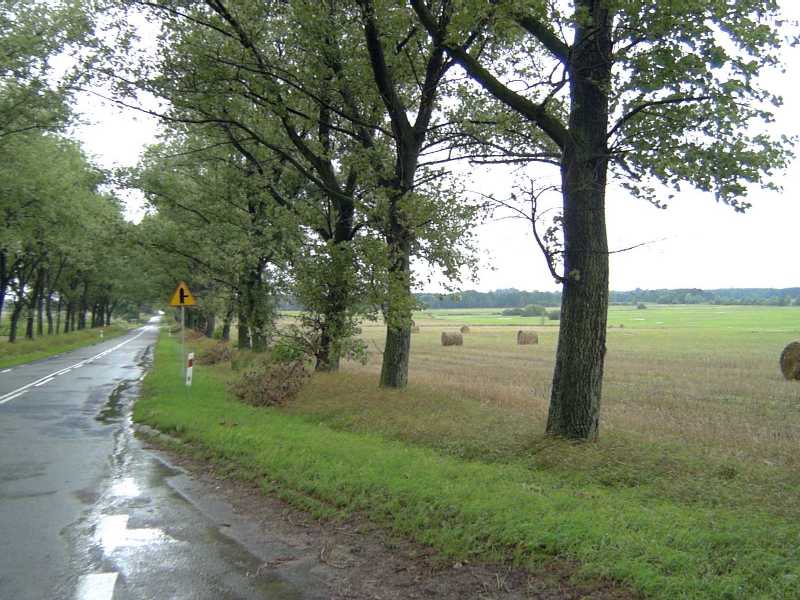
Still in the Polesie, but now from the border with Belorussia just north of Włodawa. Not that much changed from the Park area.
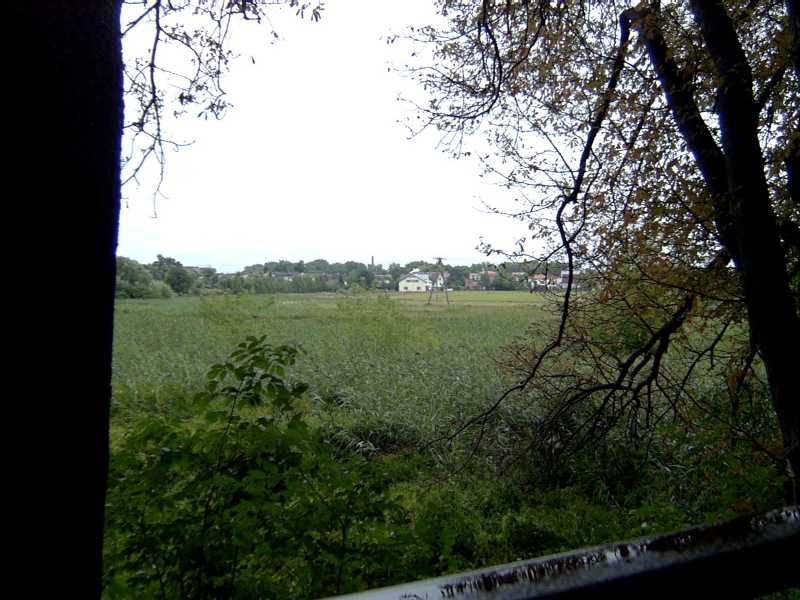
Biała Podlaska town is cut in half by a river, which is in the picture here. As with almost all the rivers we saw in Poland, this one had cut almost no banks. Instead it flowed close to the basic level of the land and was edged by a large area of boggy ground on both sides. Generally, the small banks are some distance away from the river itself (and are frequently artificial these days anyway).
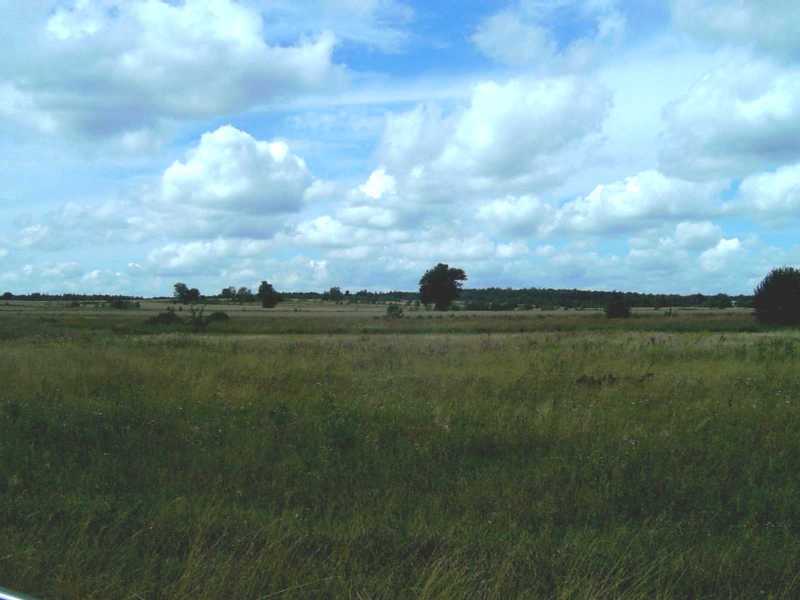




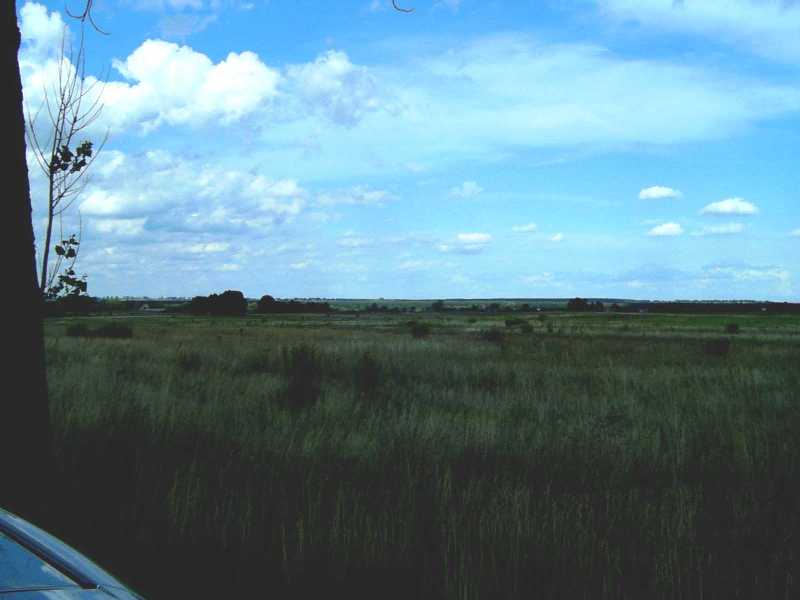
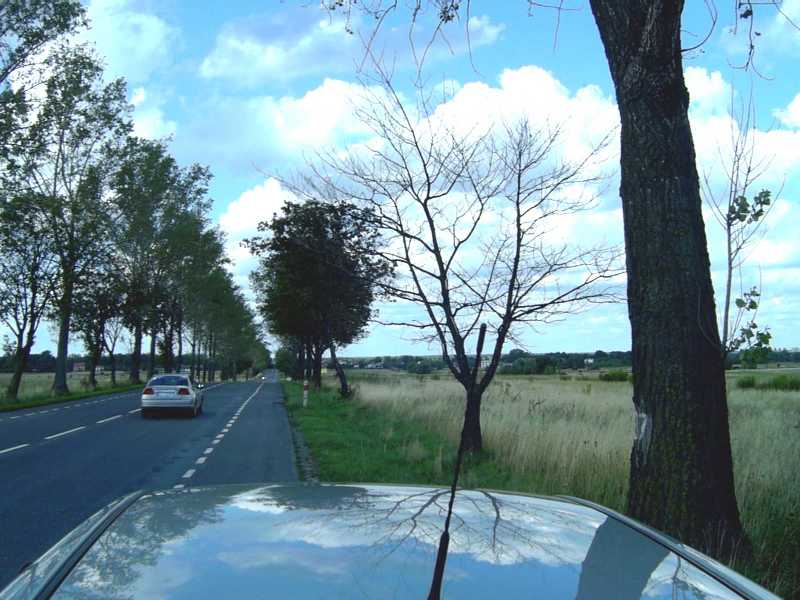
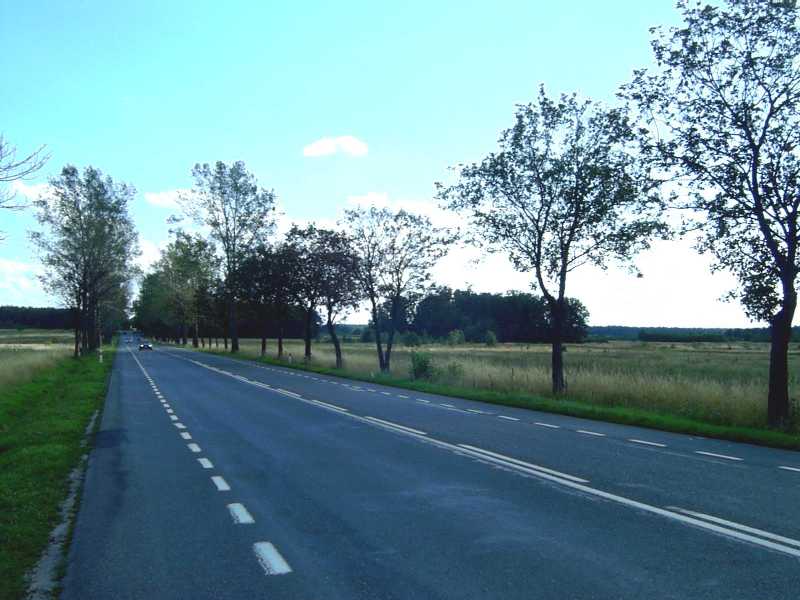
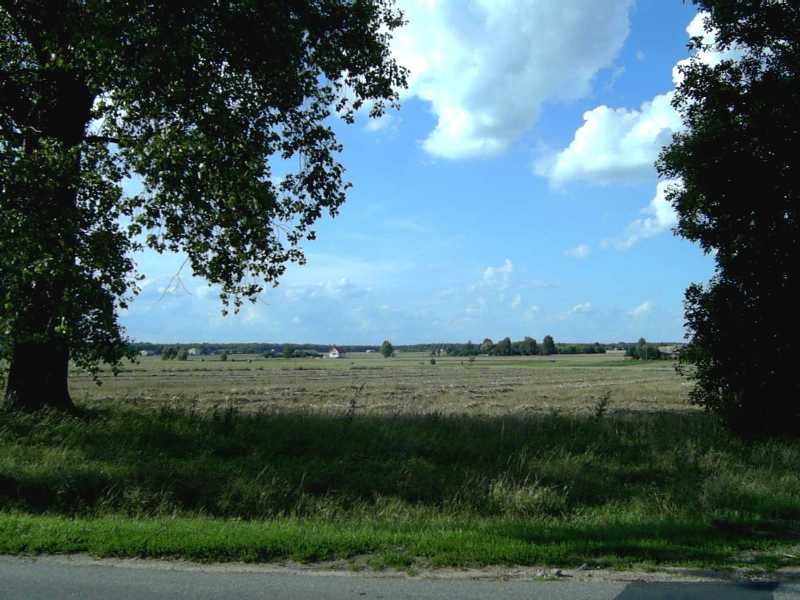
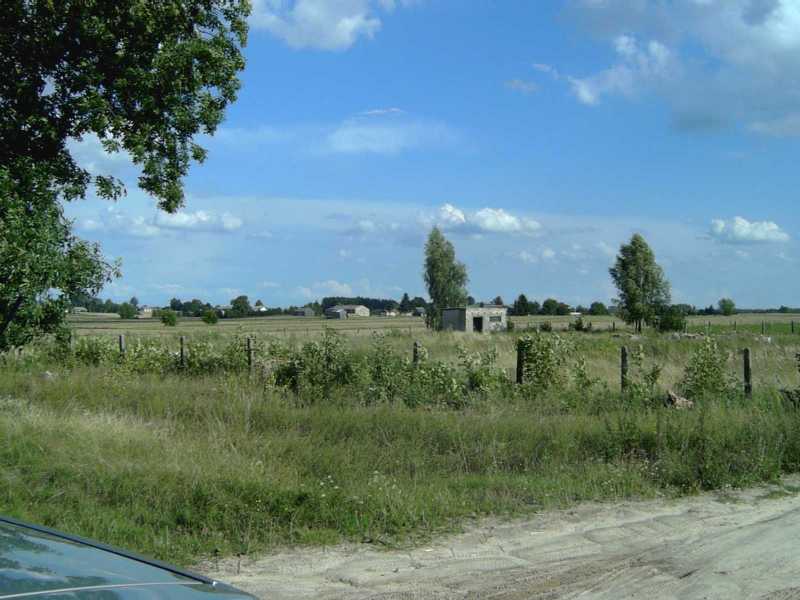
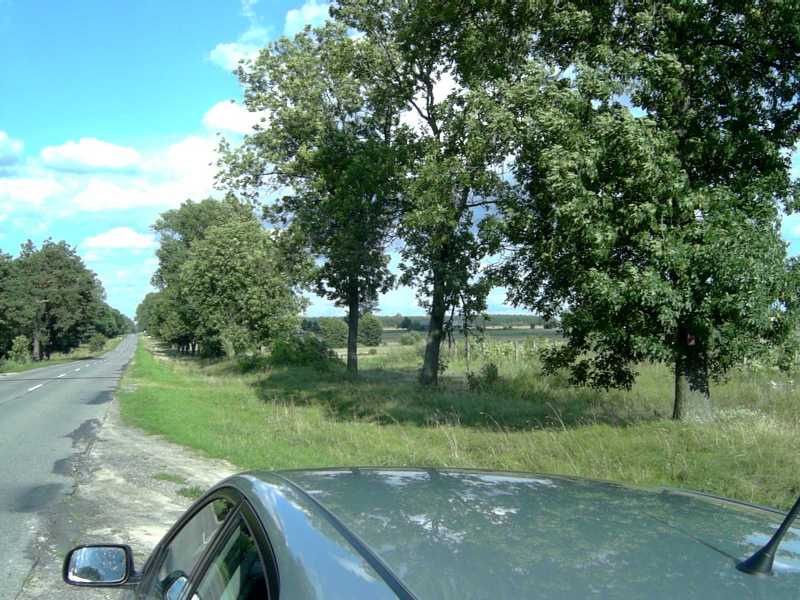
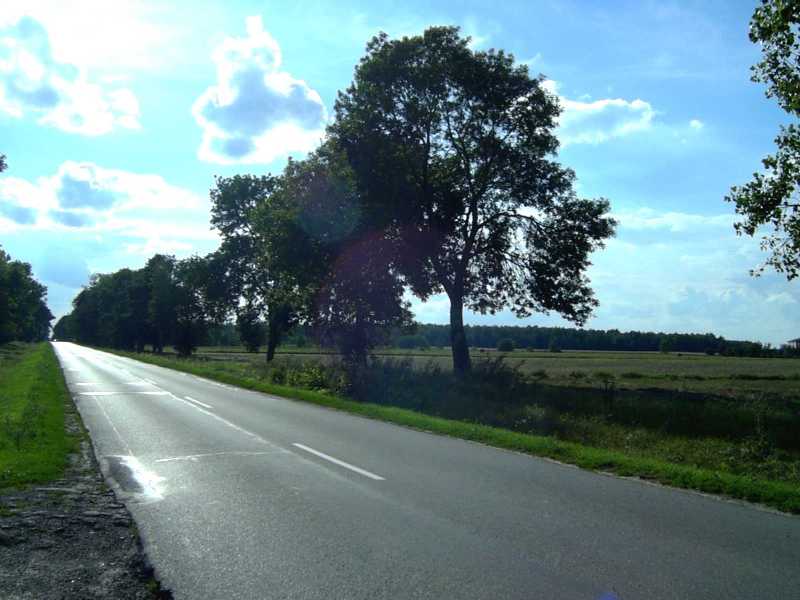

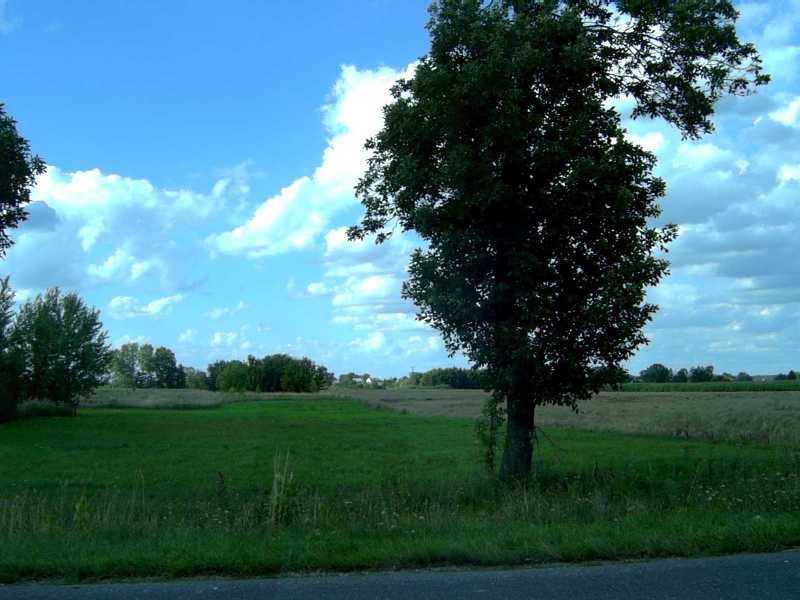
Between Biała Podlaska and Lublin. This is skirting the Polesie, and the landscape mixes type. The higher ground is slightly rolling and farmed pretty normally. The lower bits are flat and obviously pretty poor quality: I would guess that they are quite boggy. Again the villages tended to be more spread out than the Zamość area. Virtually every horizon ended with trees, and frequently they were much closer. The big roads were mostly tree-lined.
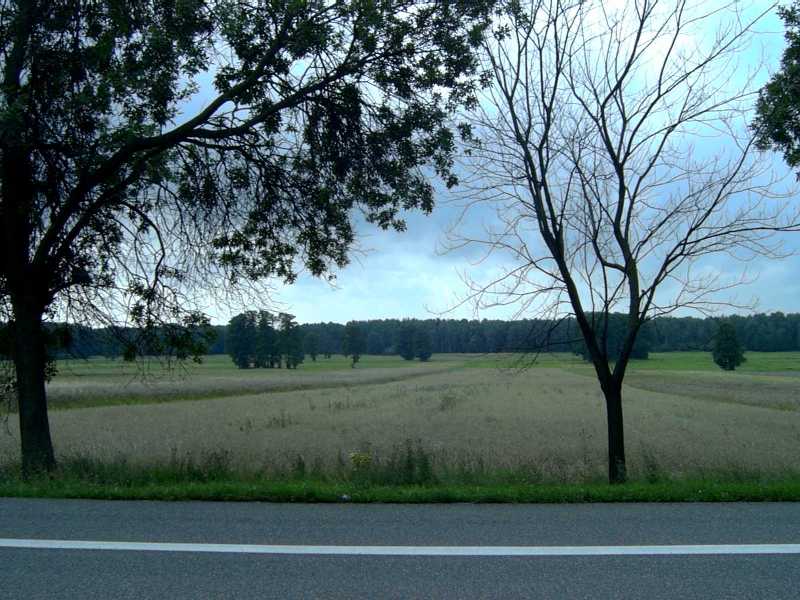

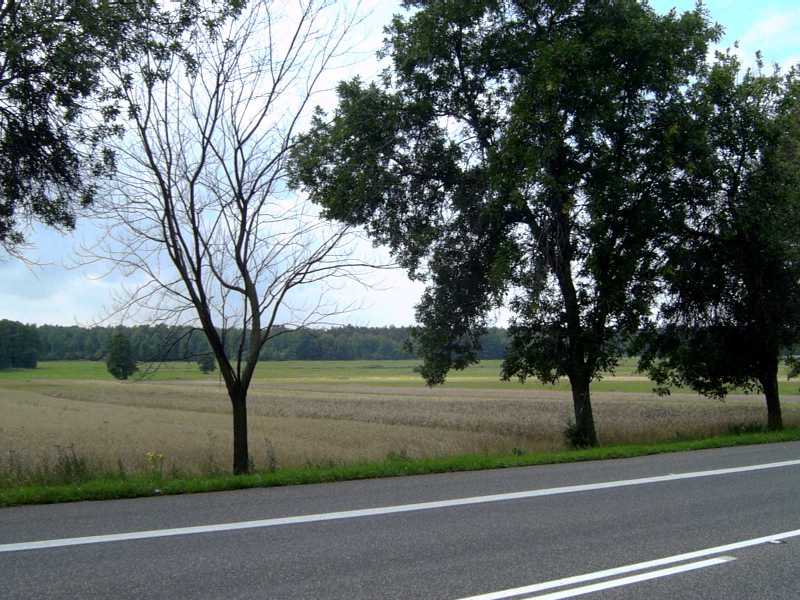

From Biała Podlaska towards Warsaw. For 100 kilometres it was exactly the same: flat farmland. Not exactly pancake, but the straightness of the roads is a good indication of the lack of significant contours. This I was expecting, but the number of trees was a surprise. While I sort of expected them in the boggy areas, to see so many in the flat dry land just east of Warsaw was a major surprise to me.
At this point we left the main road to drive through the Wołomin and Radzymin area. Unfortunately, apart from being clearly very flat, the landscape is uninteresting. Mostly it was forested, and the bits that weren't were covered with houses, at least along the roads we drove. It was impossible to judge what it might have looked like in 1920.
We then went to the area north of the Narew, where there was a lot of fighting in 1920.
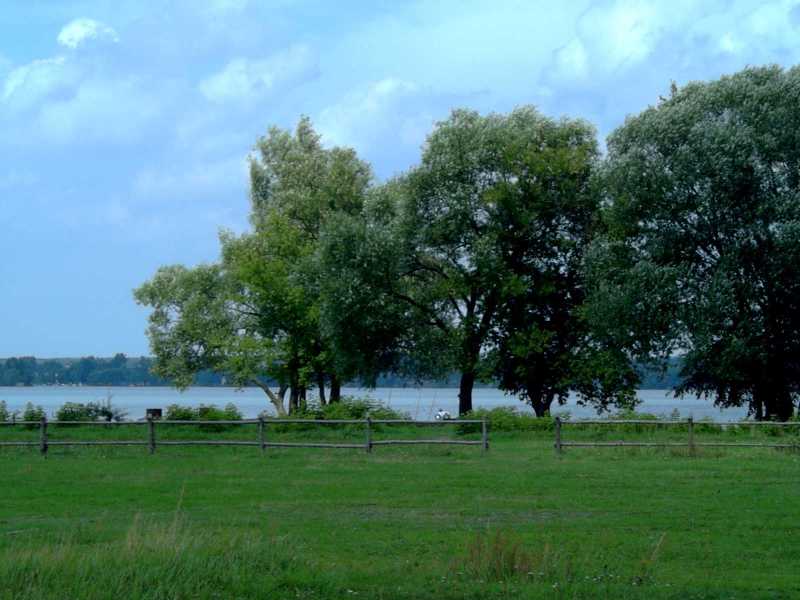 Along the Narew, where the main road crosses north of Warsaw. The southern side is very flat and low, while the northern side, visible across the wide expanse of the river, rises to a higher plateau.
Along the Narew, where the main road crosses north of Warsaw. The southern side is very flat and low, while the northern side, visible across the wide expanse of the river, rises to a higher plateau.
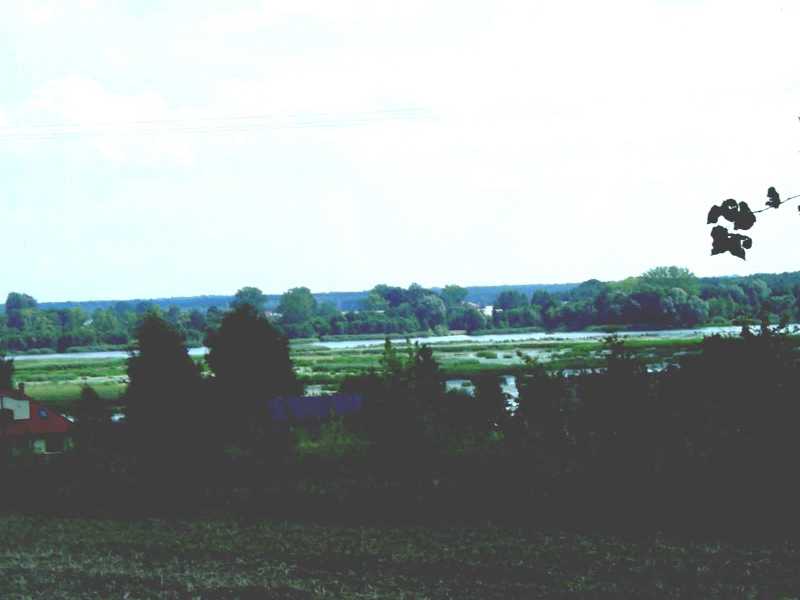
The Narew further north and showing the river braiding and with a large expanse of marshy ground either side.
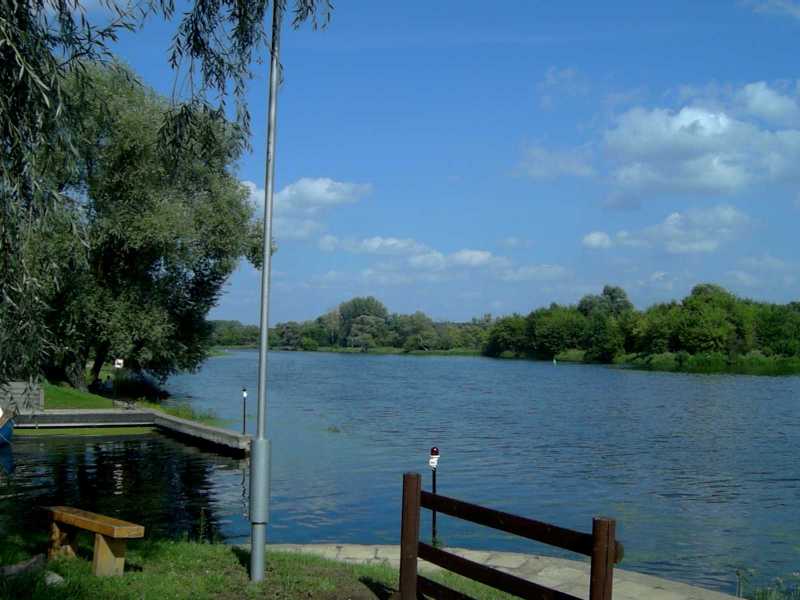
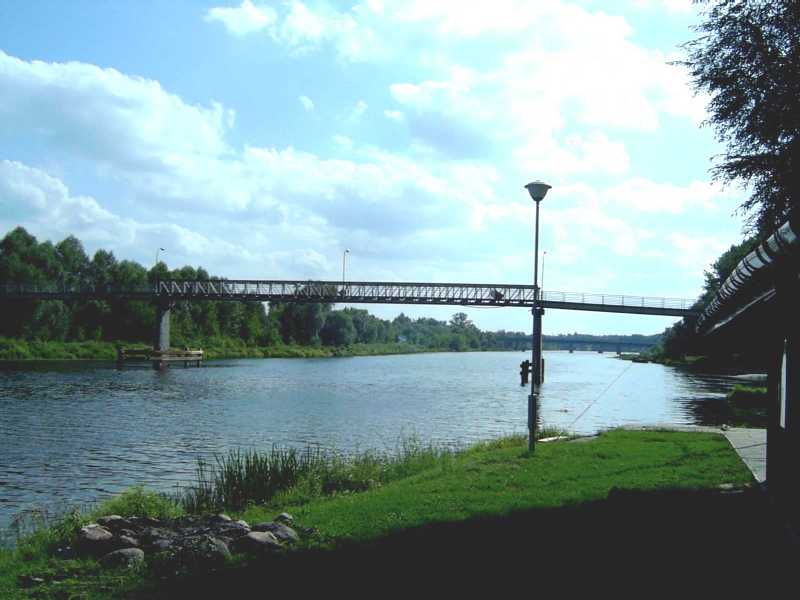 At Pułtusk the river is cut into more distinct braids, the old town sitting on an island. The way the bridges go well past the edge of the water, which is the main channel, shows that the ground must either be soft or flood a lot. The banks here are clearly artificial.
At Pułtusk the river is cut into more distinct braids, the old town sitting on an island. The way the bridges go well past the edge of the water, which is the main channel, shows that the ground must either be soft or flood a lot. The banks here are clearly artificial.
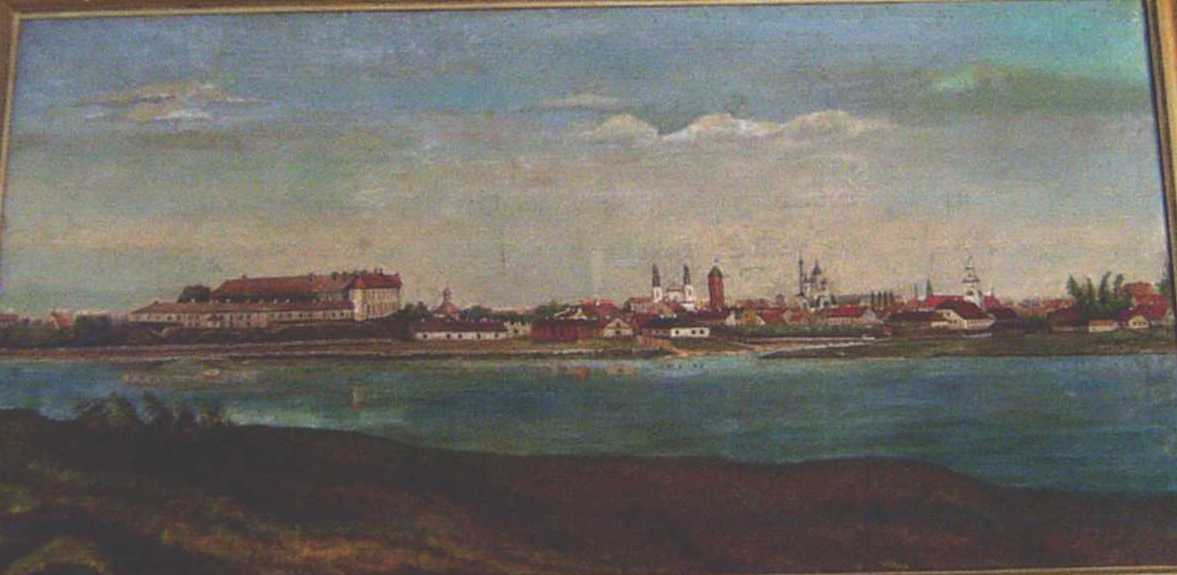
A painting in Pułtusk museum, and showing the town as it was at the start of C20. The river seems to be wider, if anything, and perhaps then reached over what is now floodland.
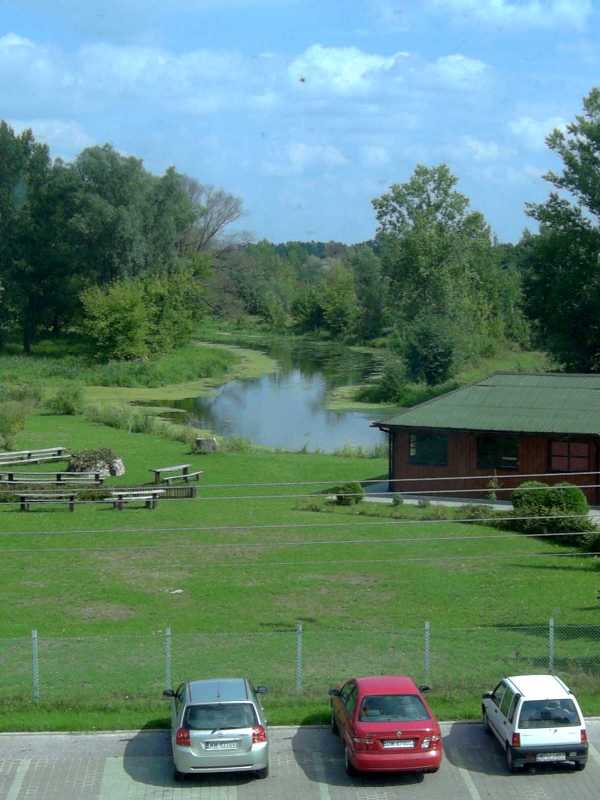
A minor channel of the Narew near Pułtusk, showing just how close it is to the level of the land. The true banks of the river are set back a long way (100m+) and are quite steep on the western side.
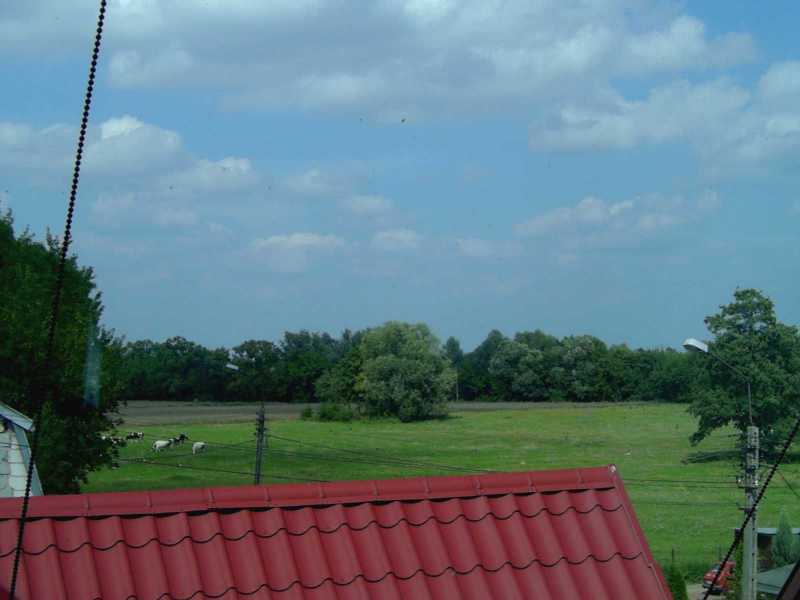
Flood meadow.
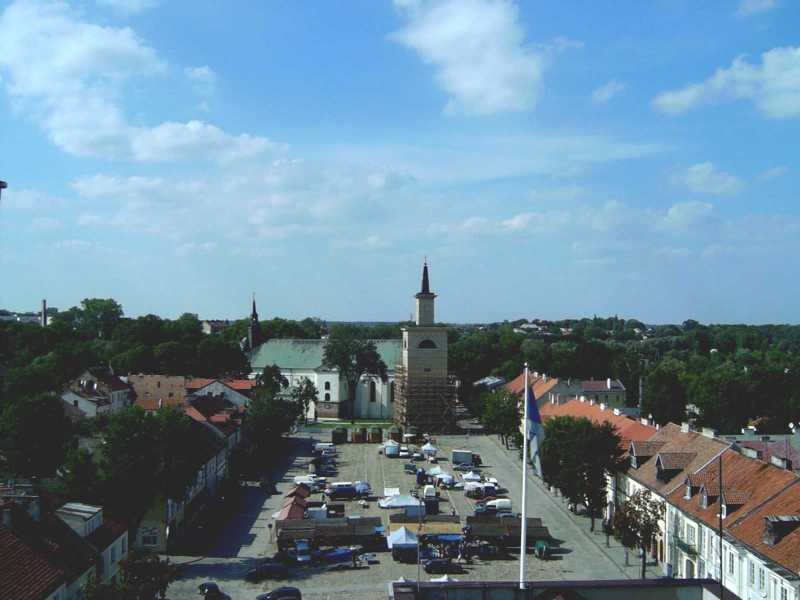
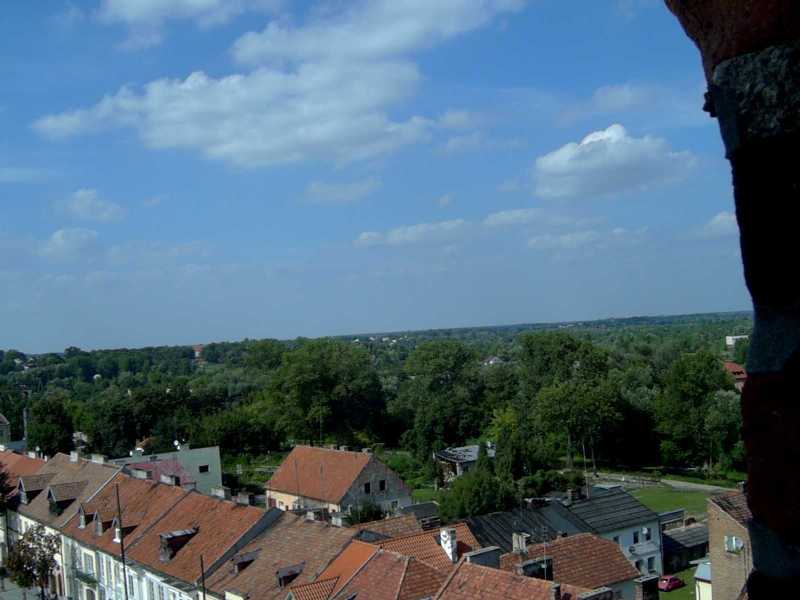
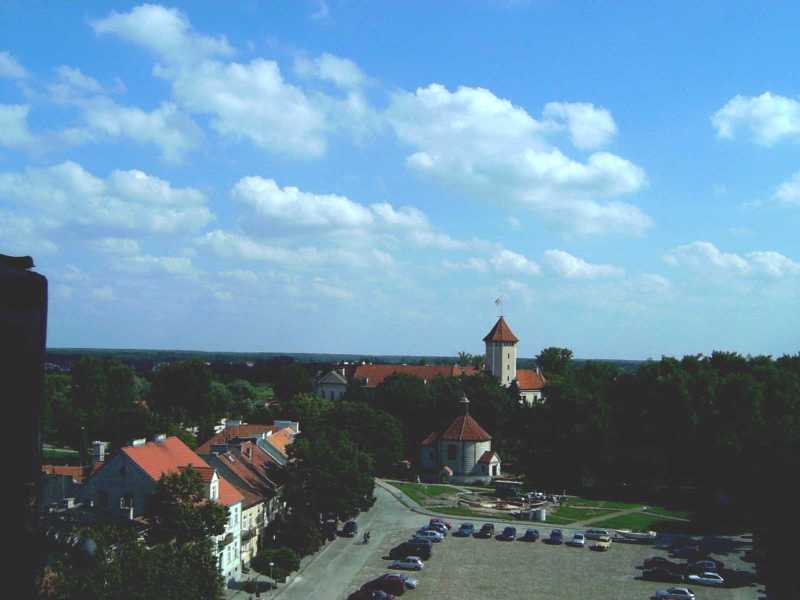
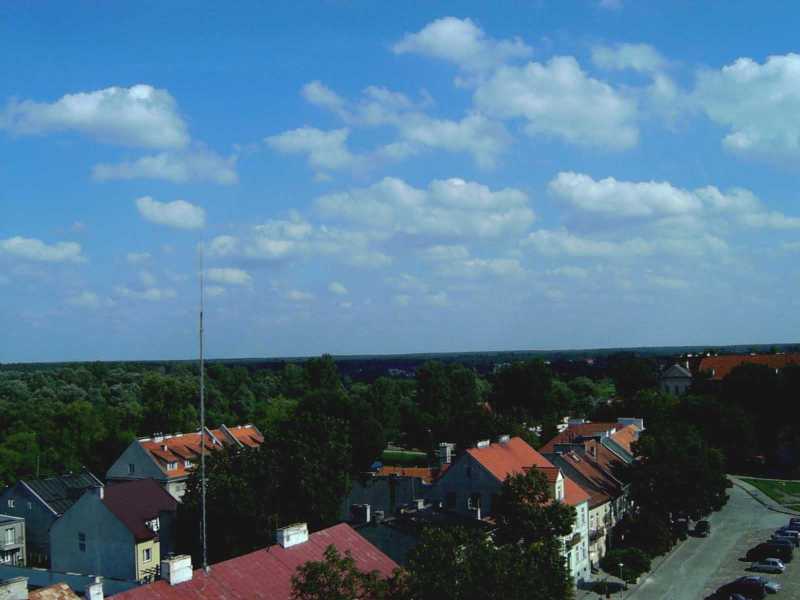

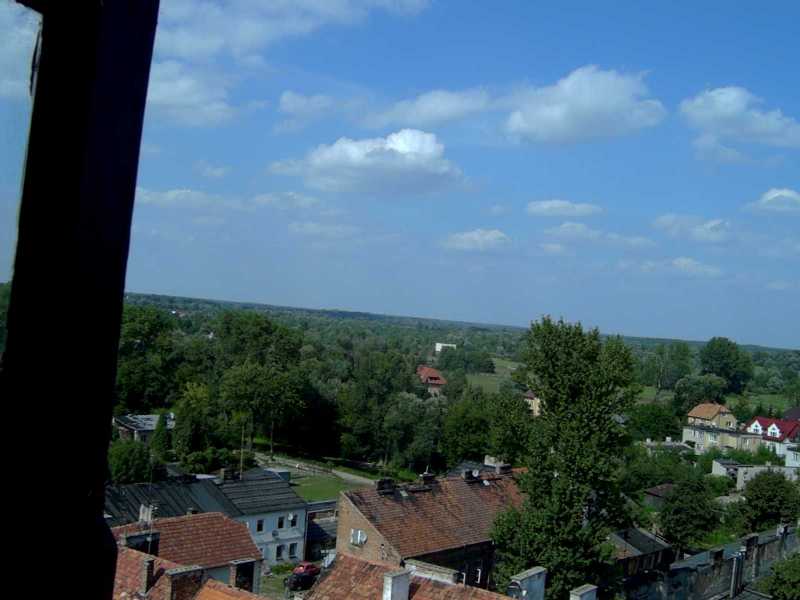
Taken from the top of the Pułtusk town hall tower. The number of trees and lack of any hills is noticeable. At least on the western side, the terrain is almost entirely "negative" (cut down from the level, not raised up).
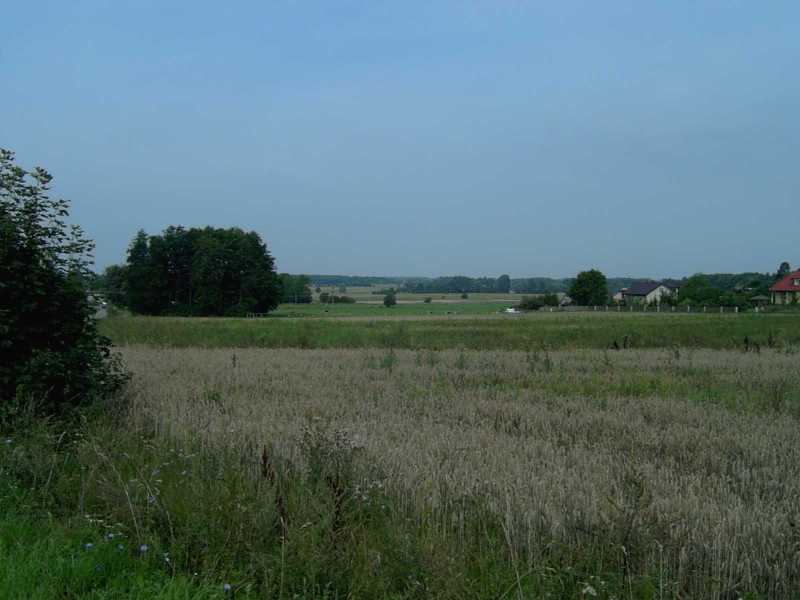
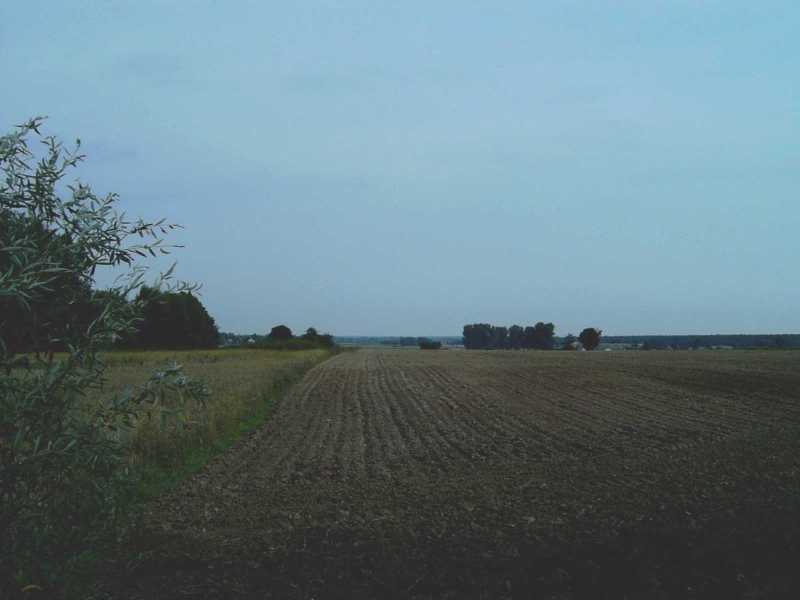
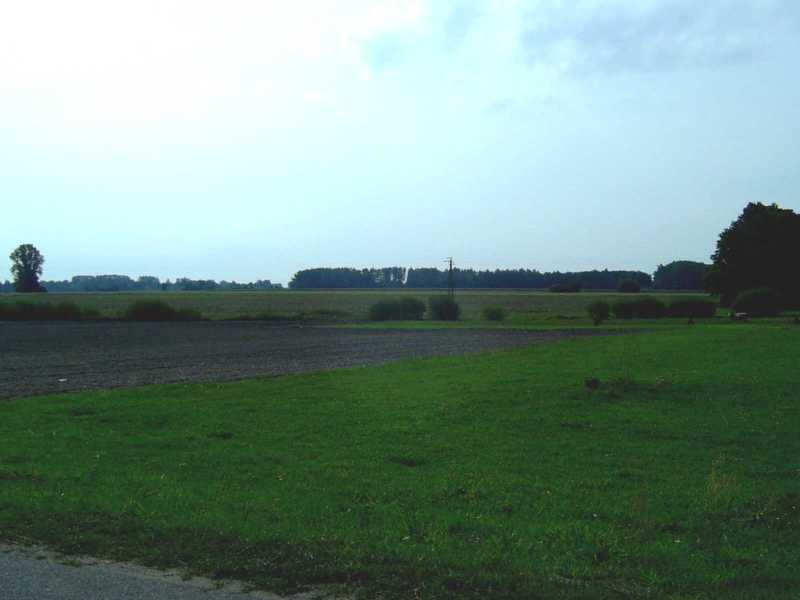
C26: typical of the area around Nasielsk. The landscape appears flat, and there are certainly no hills, but is sometimes cut by relatively sharp ravines, where the streams cut into the plateau. The last photo shows an embanked railway line: this was pretty much the only time we saw a rail line much above the surface of the land.
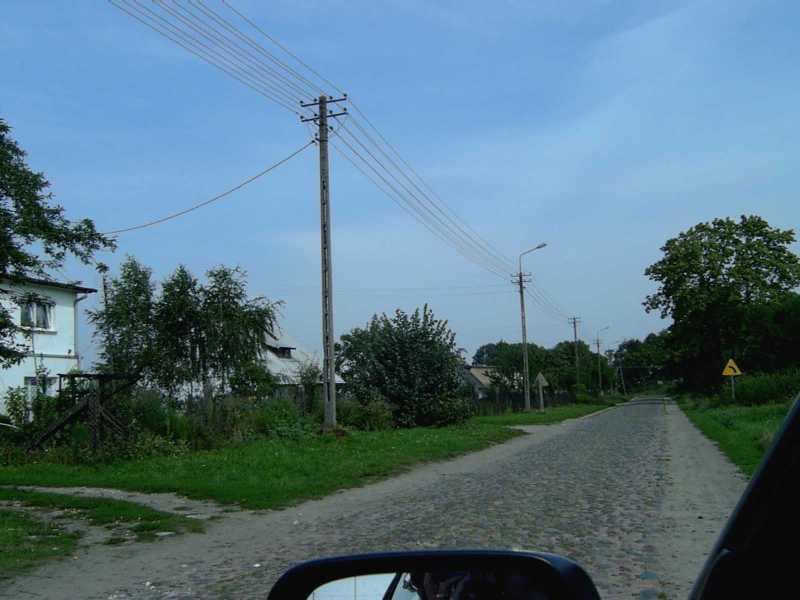
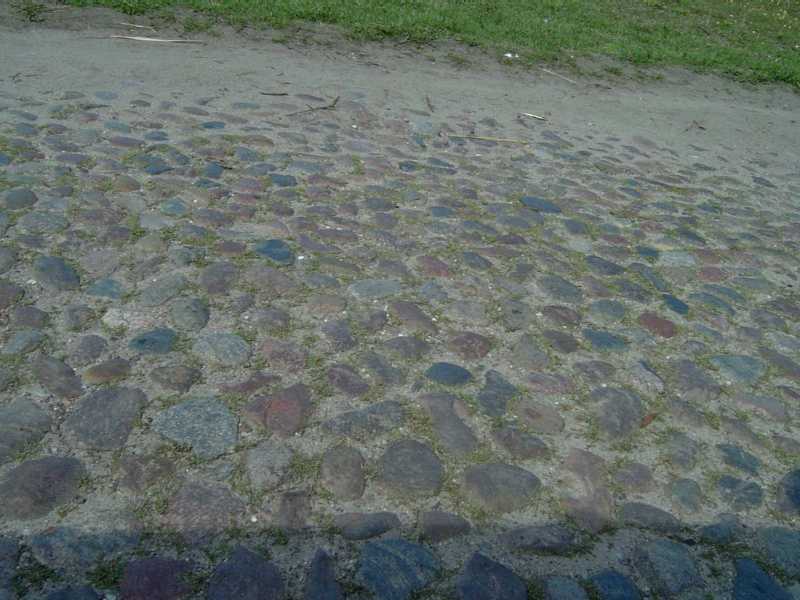
The road out of Ruszkowo (near Borkowo) leading towards Czajki. This shows the normal wide verges but, unusually, a cobbled road. This was made of river stones beaten into the dirt, and may be quite old (we saw this method used elsewhere, including old town Lublin).
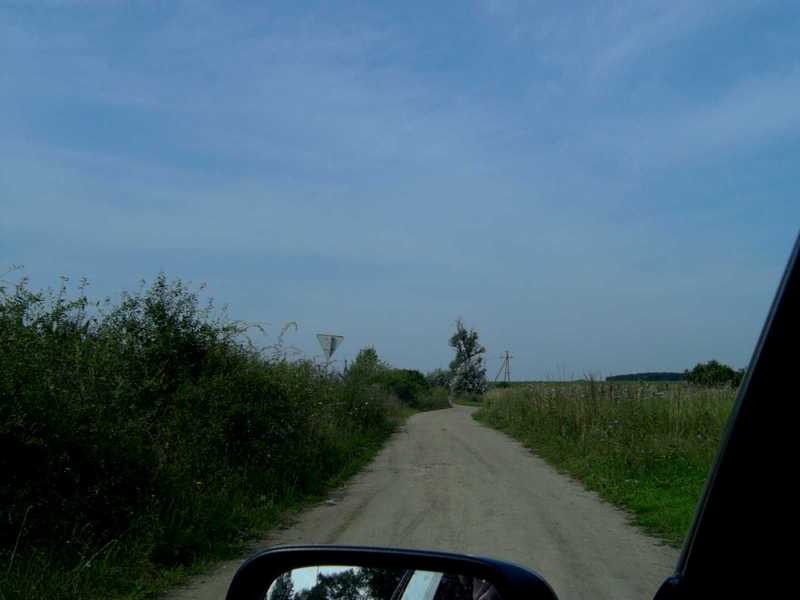

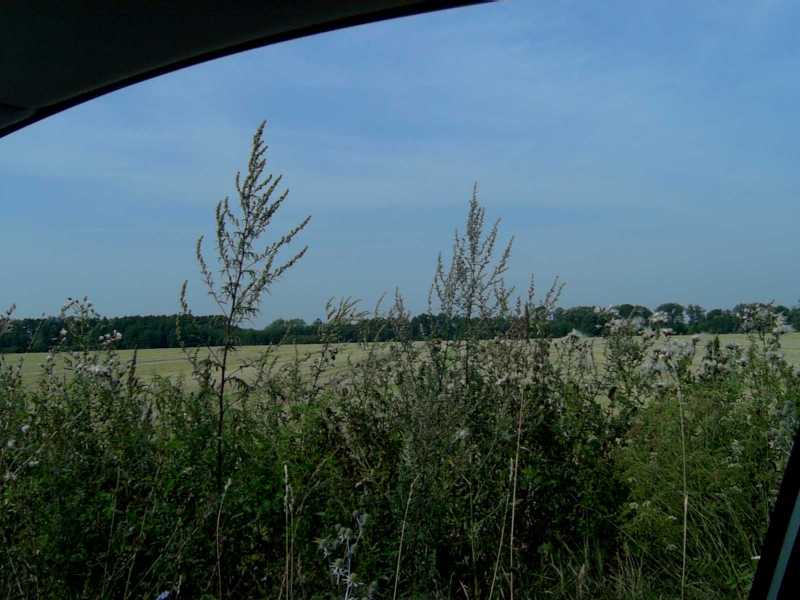
Near Czajki, showing a typical sandy country road and the apparent flatness of the land. In fact there is a very gentle dip between the field and the more distant forest in the last picture.
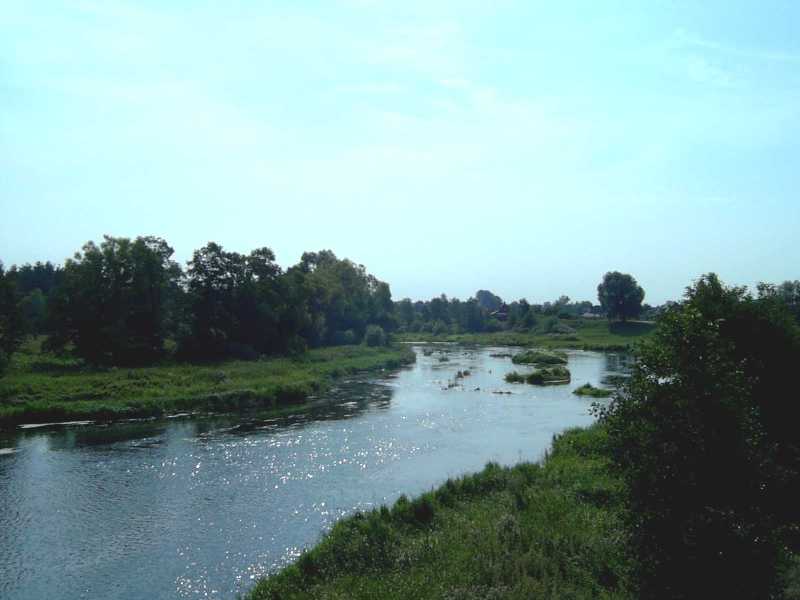
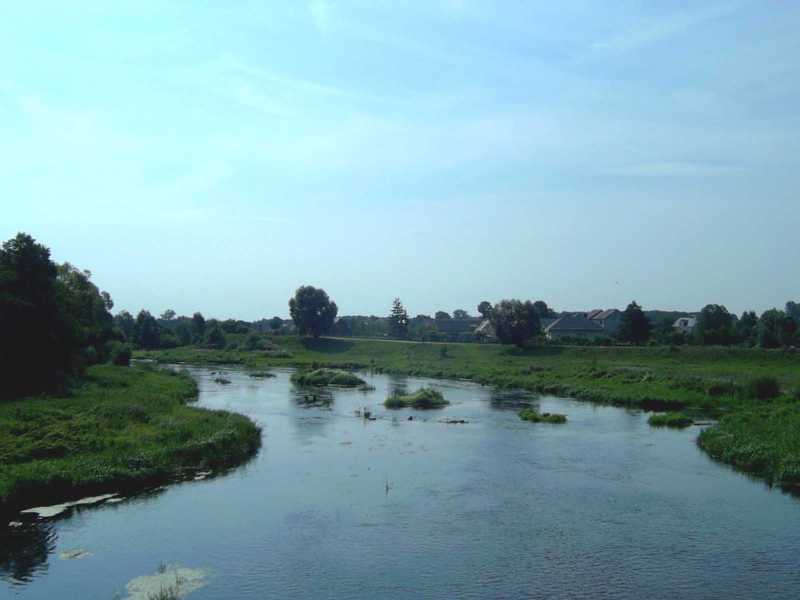
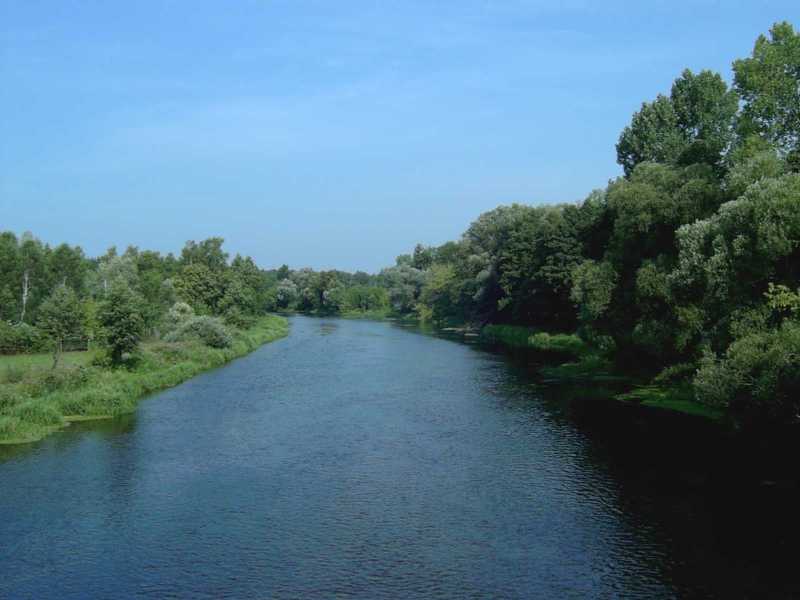
C30: the Wkra at Borkowo. The usual boggy area to the side, with banks quite some distance away from the river (the ones on the Borkowo side are clearly artificial, probably recent too). The river seemed extremely shallow from the bridge (it certainly looked as if you could wade across).
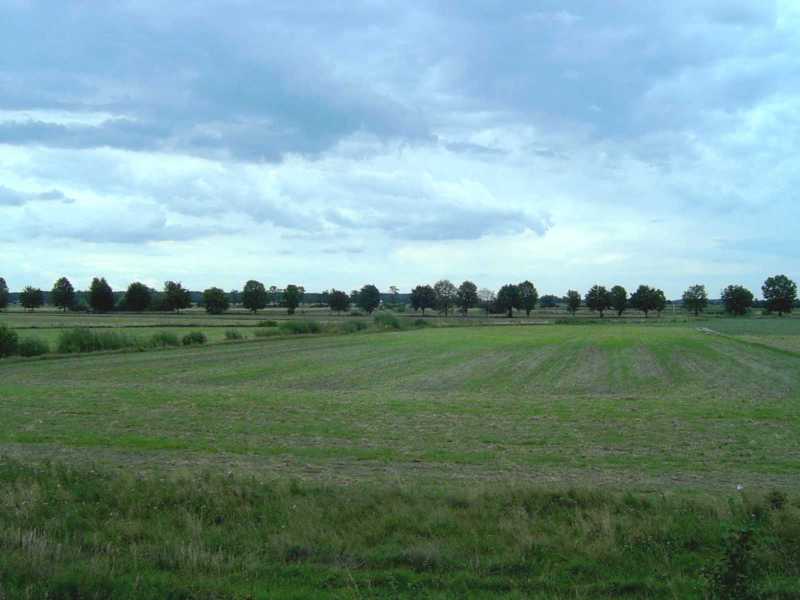
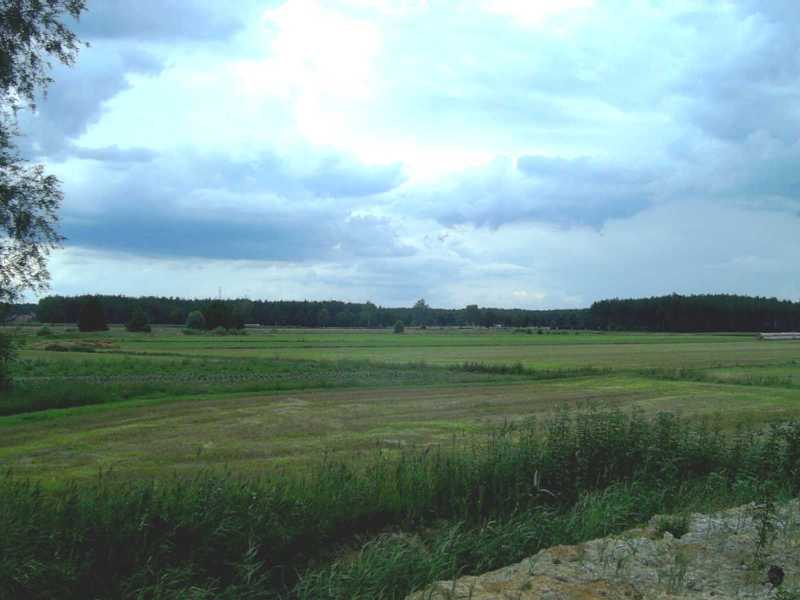
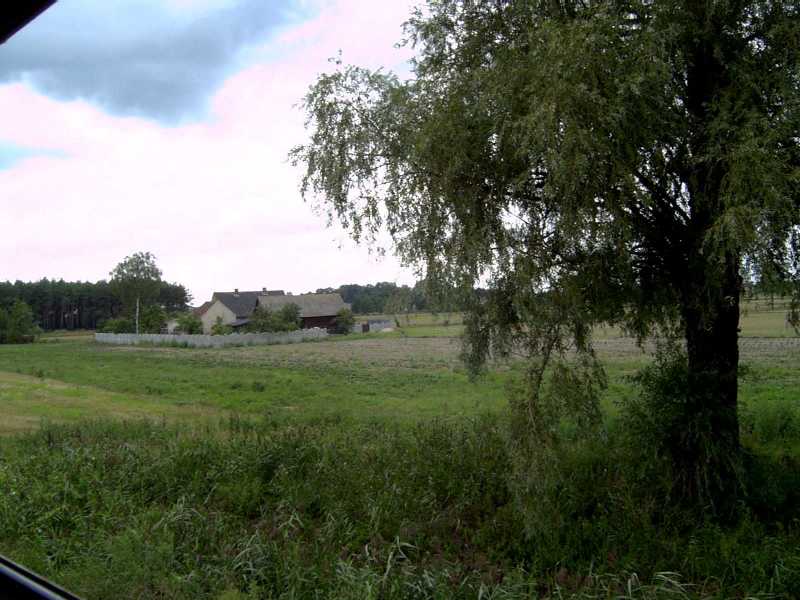
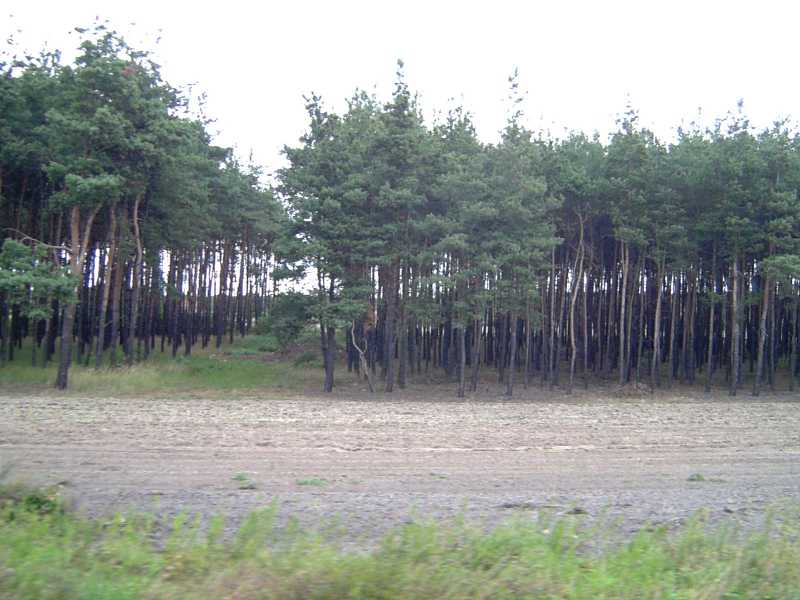
Photos from the train between Warsaw and Berlin. Just flat farmland, with quite a few trees still.
